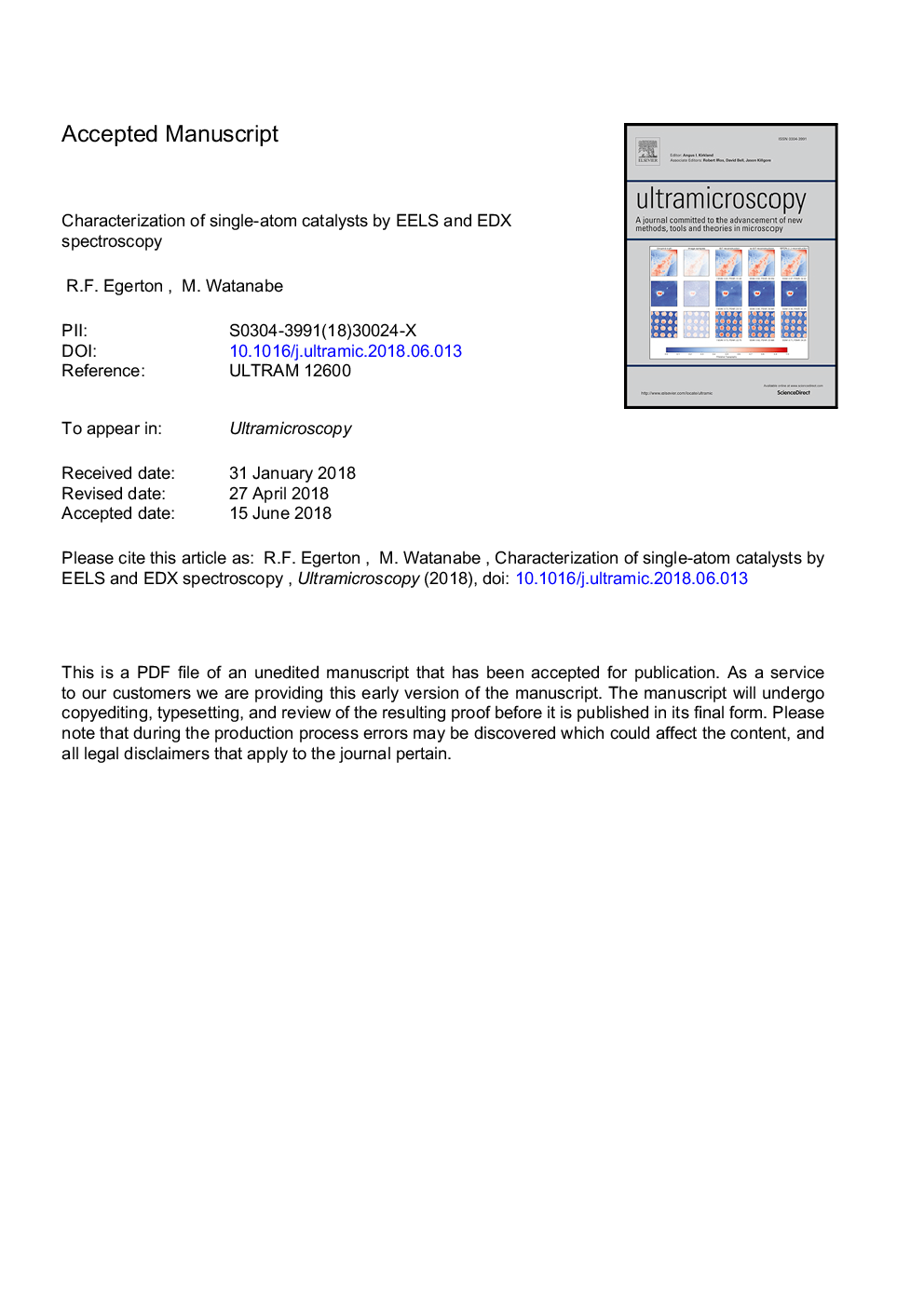| Article ID | Journal | Published Year | Pages | File Type |
|---|---|---|---|---|
| 8037635 | Ultramicroscopy | 2018 | 22 Pages |
Abstract
Fitted with a field emission source, aberration-corrected optics and an energy-dispersive X-ray detector of large solid angle, a modern analytical TEM can generate a current density high enough to chemically identify a single metal atom within a fraction of a second, if the atom remains stationary within the electron probe. However, atom motion will occur if the atomic binding energy is too low, the specimen temperature too high, or the electron accelerating voltage above a certain threshold. We discuss such motion in terms of thermal diffusion, beam-induced sputtering and beam-assisted surface migration. Calculations based on a Rutherford-scattering approximation suggest that when atomic displacement is possible, it drastically reduces the analytical signal and signal/noise ratio. For certain elements, electron energy-loss spectroscopy (EELS) provides a higher detectability than energy-dispersive X-ray (EDX) but suffers from the same problem of atomic displacement.
Related Topics
Physical Sciences and Engineering
Materials Science
Nanotechnology
Authors
R.F. Egerton, M. Watanabe,
